Specialized Enduro unveiled for 2020
Following 20 years of evolution, the latest iteration of the Specialized Enduro arrives as the biggest and baddest one yet.
As EWS stages have become as gnarly and as steep as your average World Cup DH race track, the requirements for a modern enduro bike have changed. These days, to survive a weekend of EWS racing you basically need a downhill bike that you can pedal up.
With this in mind, Specialized’s designers set themselves two relatively simple but challenging goals with the new Enduro. Firstly, they wanted to make it a faster bike when pedalling. Secondly, they wanted to make it faster when plowing really rough, and very technical terrain.
Sounds easy enough right?
Demo-Inspired Design
In order to achieve these two attributes within the same bike, Specialized’s engineers went back to the drawing board to build an all-new Enduro platform from the ground-up.
It’s immediately apparent from first glance that the 2020 Enduro is a completely different beast from the current model. There’s a brand new frame, new geometry and sizing, and an all-new suspension platform.
Drawing upon the latest Demo downhill race bike, the Enduro makes use of a low-slung linkage that drops the shock right down into the belly of the frame. As well as lowering the centre of gravity, Specialized says the new shock placement has allowed it to build a stronger and lighter frame, since it no longer needs the cross-brace like the previous X-Wing frame design. Front-end stiffness stays the same, while the back end is purportedly 12% stiffer than the old bike.
Specialized Enduro 2020 | The Movie
It might be hard to tell initially, but the Enduro still utilises the FSR platform. What has changed is the addition of two control links that drive the rear shock. According to Specialized, these control links provide greater tuning capabilities by decoupling the shock rate from things like wheel path, anti-squat and anti-rise.
While the main pivot is still roughly at the height of the top of the chainring teeth, it has been shifted significantly further forward. Likewise, the Instant Centre has been positioned higher and further forward than the previous Enduro.
This creates a more rearward axle path in the first 50mm of the travel, so that the rear wheel is better able to get out of the way when copping square-edge hits. Just like the Demo, this is all about increasing the bike’s ability to carry momentum over chopped-up sections of trail, with the goal of improving speed and comfort.
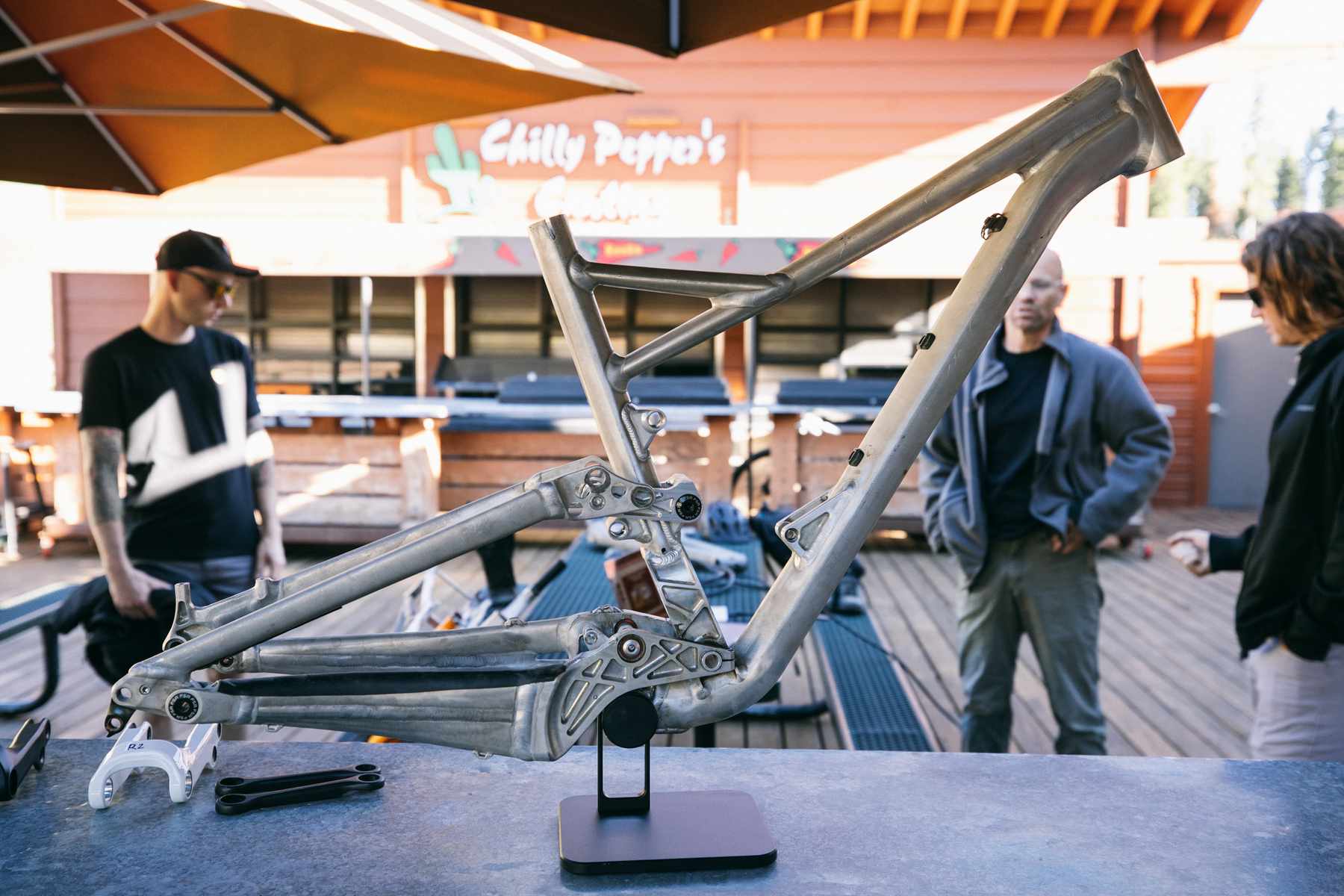
Big Travel, Big Wheels & Carbon Fibre Only
Being a purpose-built, rock-smashing gravity rig, the Enduro is equipped with no less than 170mm of travel front and rear. Unlike the previous Enduro, which was split into 27.5in and 29in versions, the new Enduro will only be available as a 29er. The reason? Specialized says that when it comes to carrying speed and momentum on rough EWS race tracks, the big wheels are simply faster.
Likewise, the 2020 Enduro will only be available in carbon fibre. We’re told that there are no current plans to offer alloy frames.
All four Enduro models will be built around a chunky FACT 11m carbon frameset. The S-Works frame does upgrade to carbon fibre linkages though, which drops a hefty 250g over the alloy links used throughout the rest of the line.
Despite the frame and suspension update, the Enduro still maintains clearance for a water bottle inside the mainframe. Underneath the bottle cage you’ll find the new generation SWAT door first shown on the latest Stumpjumper, which offers a larger but lower-profile opening with more room inside the downtube.
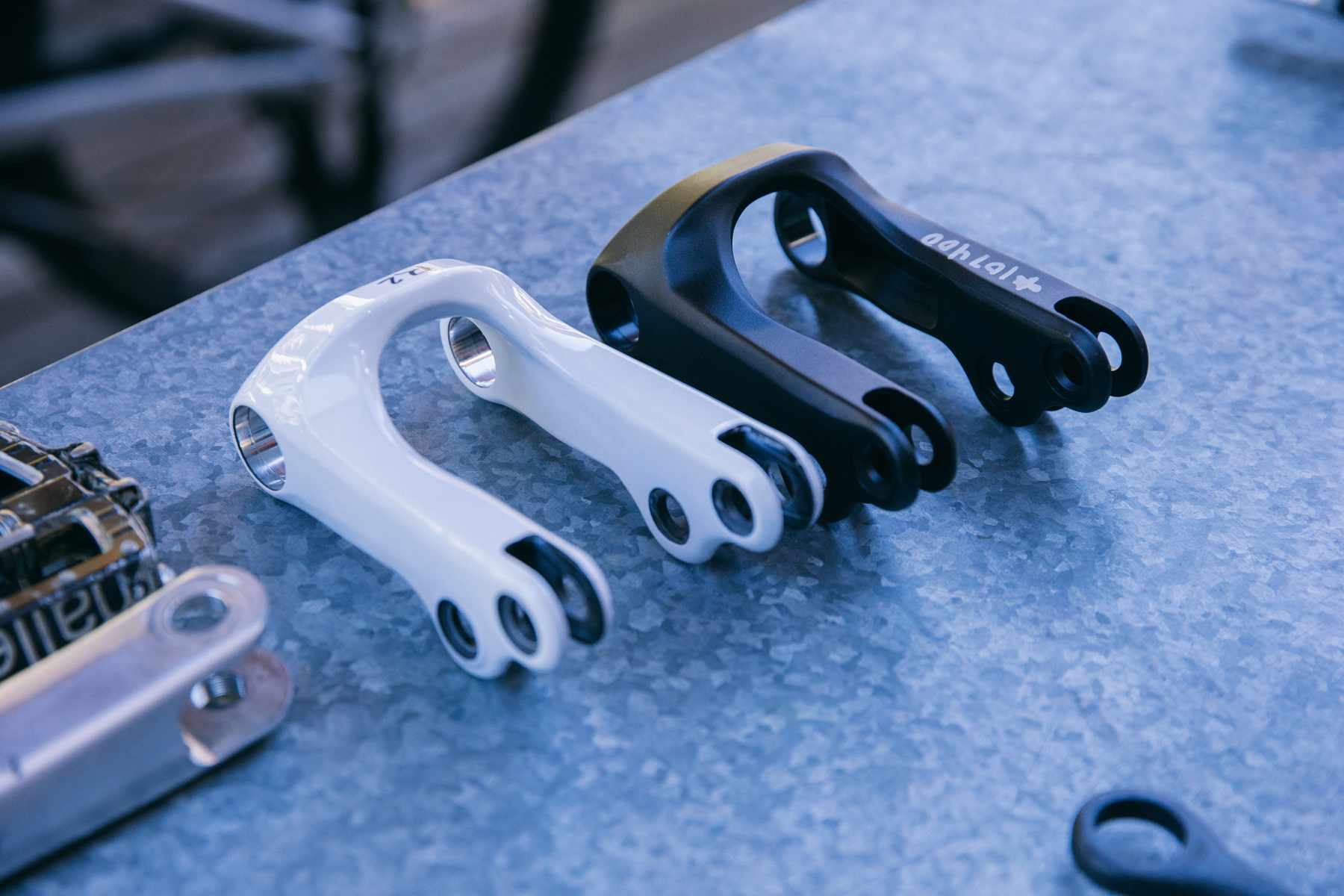
Style-Specific Sizing
As with the latest Demo and Stumpjumper EVO, the new Enduro moves over to ‘Style-Specific Sizing’. So instead of the typical Small, Medium & Large frame sizes, the Enduro will be available in S2, S3, S4 and S5 sizes.
S2 has the shortest reach at 437mm, while S5 is the longest with a 511mm reach. The whole idea with the S-Sizing concept is to encourage riders to choose the right size based on their preferred reach, and not on their saddle height.
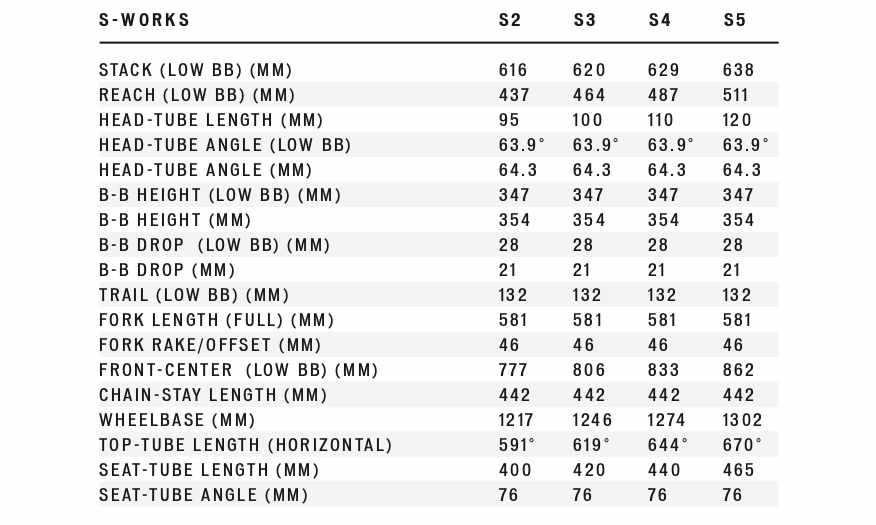
To facilitate this, seat tube lengths have been shortened significantly. Aside from providing more flexibility for riders to upsize, this also improves compatibility with long-stroke dropper posts.
Head tubes on the Enduro have also gotten shorter. For taller riders who need a higher stack height, Specialized will be shipping the new Enduro with six headset spacers and a tall, conical-shaped top cap that allows you to run the bar in a higher position, without things looking too weird.
Up front, the new Enduro’s head angle has been slackened out to 63.9°, and fork offset has been reduced from 51mm to 46mm. This sees the Enduro’s trail figure grow to a substantial 132mm, which in theory, will deliver greater high-speed stability.
As with the latest Stumpjumper, the Enduro gets an offset chip in the lower shock mount, which can be flipped around to offer High and Low geometry positions. The High position will steepen the head and seat angles by 0.4°, while lifting the BB height by 7mm.
Wanna go slacker again? The Enduro frame will handle as much as 180mm of travel up front, and it’s even rated for a dual crown fork, should you want to go full park rat.
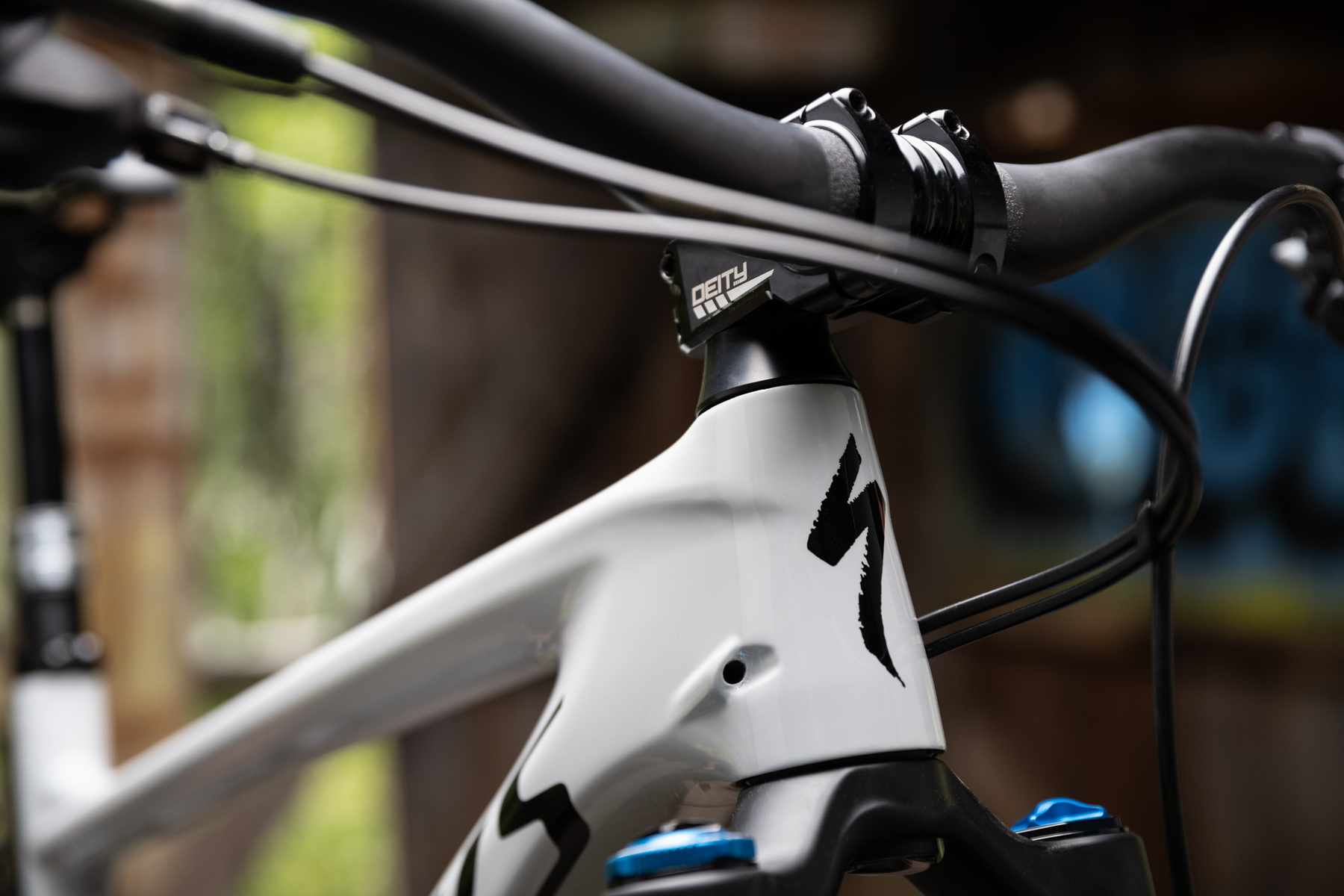
Less Proprietary Stuff
As we’ve seen with other recent Specialized models, the new Enduro deliberately steers away from any annoying, proprietary standards.
The shock, for example, is a standard 205x60mm metric size. Specialized says the Enduro will happily take a coil, and we’re told that basically any current shock on the market – with or without a piggyback – will fit.
In a further nod towards serviceability and compatibility, you’ll find a 73mm threaded bottom bracket shell, ISCG 05 chainguide tabs, and internally moulded cable guides. You’ll also be pleased to know that there are no new hub standards to be found here, with standard Boost spacing utilised front and rear.
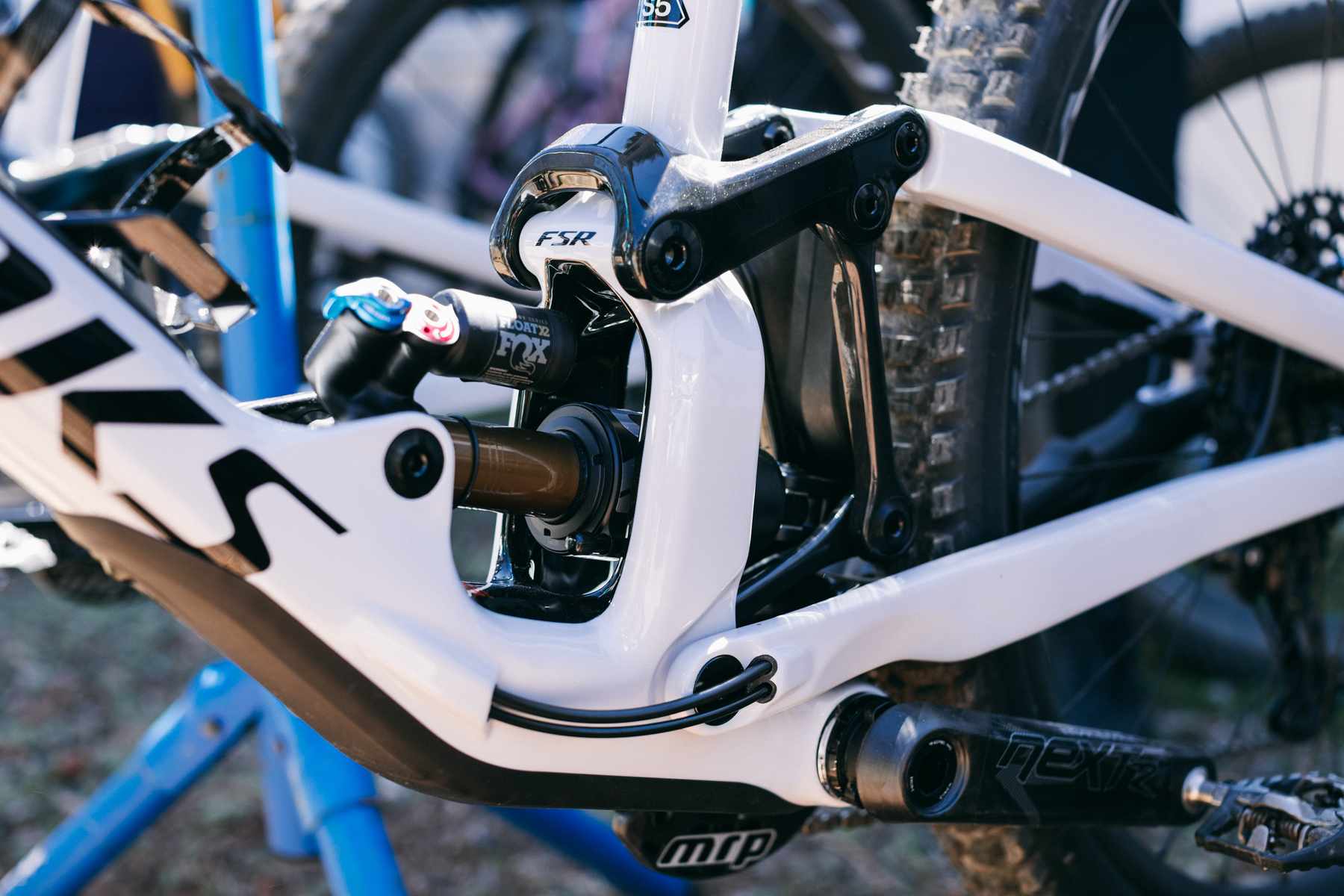
The only standard that is a little less common is the 34.9mm seat tube, which has been carried over from the previous model. This fatter seatpost size has been increasing in popularity though (Specialized uses it on the full Stumpjumper series, as well as the Levo, Kenevo and Fuse models), and there are now numerous post options available from brands including RockShox, X-Fusion, BikeYoke and Specialized itself.
However, if you want to use a smaller diameter post, Specialized makes a tidy alloy shim to do exactly that.
A smaller, but no less pleasing detail is the sandwich-style derailleur hanger. This isn’t unique to the Enduro – it’s exactly the same hanger as you’ll find on the Epic, Fuse, Stumpjumper and Levo models, which makes sourcing a replacement that much easier. Chapeau Specialized.
The Enduro Lineup
With four complete bikes on offer for 2020, the Enduro range kicks off at £4,500 for the Enduro Comp Carbon 29, and goes up to £9,000 for the S-Works model. The S-Works frameset will also be available on its own for £3,300.
All Enduro models feature piggyback air shocks, big 4-piston brakes and large diameter rotors. You’ll find Roval wheels and Specialized tyres throughout, with a 2.6in Butcher up front and a 2.3in Butcher out back. 800mm wide bars come as standard, with a 35-50mm long stem depending on the frame size.
Each model gets a 150-170mm stroke dropper post, but you won’t see any of Specialized’s own Command posts. The reason? The Californian brand has decided to cease dropper post development moving forward, and is choosing instead to spec other brand’s droppers so it can concentrate its resources elsewhere. Apologies to the Command post fans out there, which includes me.
2020 Specialized Enduro First Ride Impressions
During the launch of the 2020 Enduro, I had a day of riding in the Northstar Bike Park to get some early ride impressions of the new bike.
While we all had a fabulous time riding up and down the mountain, the relatively mild bike park terrain didn’t deliver anything particularly challenging for the Enduro, which felt like it was a long way from coming anywhere near its limits. The sense I was getting from the Enduro is that this is a bike that is frothing to go absolutely flat-out on very steep and very gnarly terrain.
Of course the bike we were all riding at the launch was the crown prince S-Works model, which came decked out with a Fox Factory Series suspension package, a Shimano XTR groupset, Roval Traverse SL carbon wheels, and a wireless RockShox Reverb AXS dropper post. In short, it’s about as un-upgradeable as you can get.
At 175cm tall I was put aboard the S3 size, which comes with a fashionably long reach of 464mm. Thanks to the reasonably steep 76° seat angle though, the cockpit doesn’t feel too enormous. Still, I wouldn’t have objected to trying out the shorter S2 size.
Our group ride started out with a long fireroad climb all the way up to the top of the park. On this steady uphill slog, it soon became apparent that we’d need to engage the blue climb switch on the Float X2 shock in order to keep the Enduro from getting bogged down. Otherwise, with the shock set wide open, the Enduro just sinks too deeply into its travel. This active feel means it bobs quite a lot while pedalling, while also pushing your hips further behind the BB as the effective seat angle slackens out, which are both less than ideal for climbing.
I was a little surprised by this, particularly because Specialized claims it has actually increased the Enduro’s anti-squat levels by 40% over the old model. I haven’t ridden the previous Enduro, so I can’t compare the two directly. However, I can say that the new bike isn’t a naturally efficient pedaler. A seat angle steeper than 76° would surely help here.
With the Float X2’s climb switch engaged, the Enduro climbs ok. But even with the fancy carbon wheels and chi-chi build kit, it isn’t exactly what I’d call sprightly. If you’re looking for all-day pedalling efficiency and uphill enthusiasm, the Stumpjumper is a better bet.
It’s on the descents where the Enduro’s active suspension design really comes alive though. The leverage ratio is more progressive than the old model, which gives it a very plush feel from beginning to end. Combined with the big volume X2 shock, the rear wheel ensures a reliable and consistent connection with terra firma.
And the faster you go, the better the rear suspension gets.
Thanks to the rearward axle path, the bike swallows medium-to-large size hits with impressive efficacy. The supple and floaty suspension isolates you from impacts on the trail, with noticeably less feedback coming through the pedals and into the soles of your feet.
This was something that Brad Benedict, Specialized’s MTB R&D Product Manager, spent a lot of time testing with Demo and Enduro prototypes. Using special sensors installed on his pedals, Benedict and his team were able to analyse the impact forces being transmitted from the wheels and into his feet. The goal was to reduce those vibrations and oscillations, to better isolate the rider from what’s going on underneath them.
This might not appeal to riders who are looking for a firmer ride quality with more feedback from the trail, but there’s no doubting that the Enduro is a supremely comfortable bike to ride over very rough terrain. Even on the blown out bike park trails, which were littered with braking bumps, embedded rocks and washboard ripples, the Enduro’s ground-hugging suspension performance encouraged me to let off the brakes and gather more speed at every possible opportunity.
The mini-DH vibe is emulated by the competent component package, with the big 800mm riser bars, powerful 4-piston XTR brakes and chunky 2.6in Butcher giving the Enduro a very tough and dependable demeanour.
I was particularly impressed with the new Butchers, which have a revised tread pattern with wider shoulder blocks for improved cornering bite, and staggered centre blocks that provide a smoother transition. The tyres also make use of the new GRID Trail casing, which is heavier and more robust than the standard GRID version. This meant I could run quite low pressures, (19psi front and 23psi rear) with less risk of pinch-flatting. In fact, Specialized reckons you’ve got a 30% increase in puncture resistance, and a 29% increase in pinch-flat resistance over the current GRID version. I’m keen to spend some more time on these tyres when they become available aftermarket this September.
I’d also like to get the Enduro onto a broader variety of trail types before I could make a more confident assessment of its capabilities. From my initial impressions though, I found the Enduro to give off a similarly indestructible feel as the Pivot Firebird 29. Comparing the two directly, I’d say the Enduro doesn’t pedal as efficiently as the Firebird 29’s dw-link suspension design, but it is smoother and floatier over the chunder. Overall it feels more like a downhill bike.
The Scott Ransom is another 170mm travel 29er I’ve spent some time on lately, but it’s quite a different beast to the Enduro. Aside from being a helluva lot lighter, the Ransom’s TwinLoc system offers a useful climbing aid that sees it scootch up technical ascents more like a trail bike. This means it’s a more versatile do-it-all mountain bike, though the back end isn’t nearly as plush or as ground-hugging as the Enduro.
Overall
With its burly low-slung frame and redesigned FSR suspension package, there are no doubts that the new Specialized Enduro is the most capable one yet. It’s certainly bigger and burlier than any Enduro before it, and that sees it making a concerted push into mini-DH territory. And that’s going to appeal to some, while potentially turning off others.
Though its ground-hugging suspension performance and aggressive geometry mean it’s an absolute monster on the descents, it really needs things to be steep, fast and nasty before it truly comes alive. On mellower trails under a less committed pilot (*ahem*), it requires a lot of work to get moving.
I get the impression that this new souped-up Enduro has moved beyond its namesake. That’s understandable given how capable the latest Stumpy (and the Stumpy EVO) has gotten, which meant that the Enduro really had to step up another notch. Still, it’ll be interesting to see how the Enduro is received by elite and privateer racers alike, as I suspect that many will still prefer the lighter and more efficient Stumpjumper.
Then again, super technical EWS rounds like Whistler may prove to be the ideal application for the new Enduro. And for those wanting a big, brawny rig for such terrain, while also having something that could also replace the downhill bike, the Enduro is one new-school 29er to add to the list.
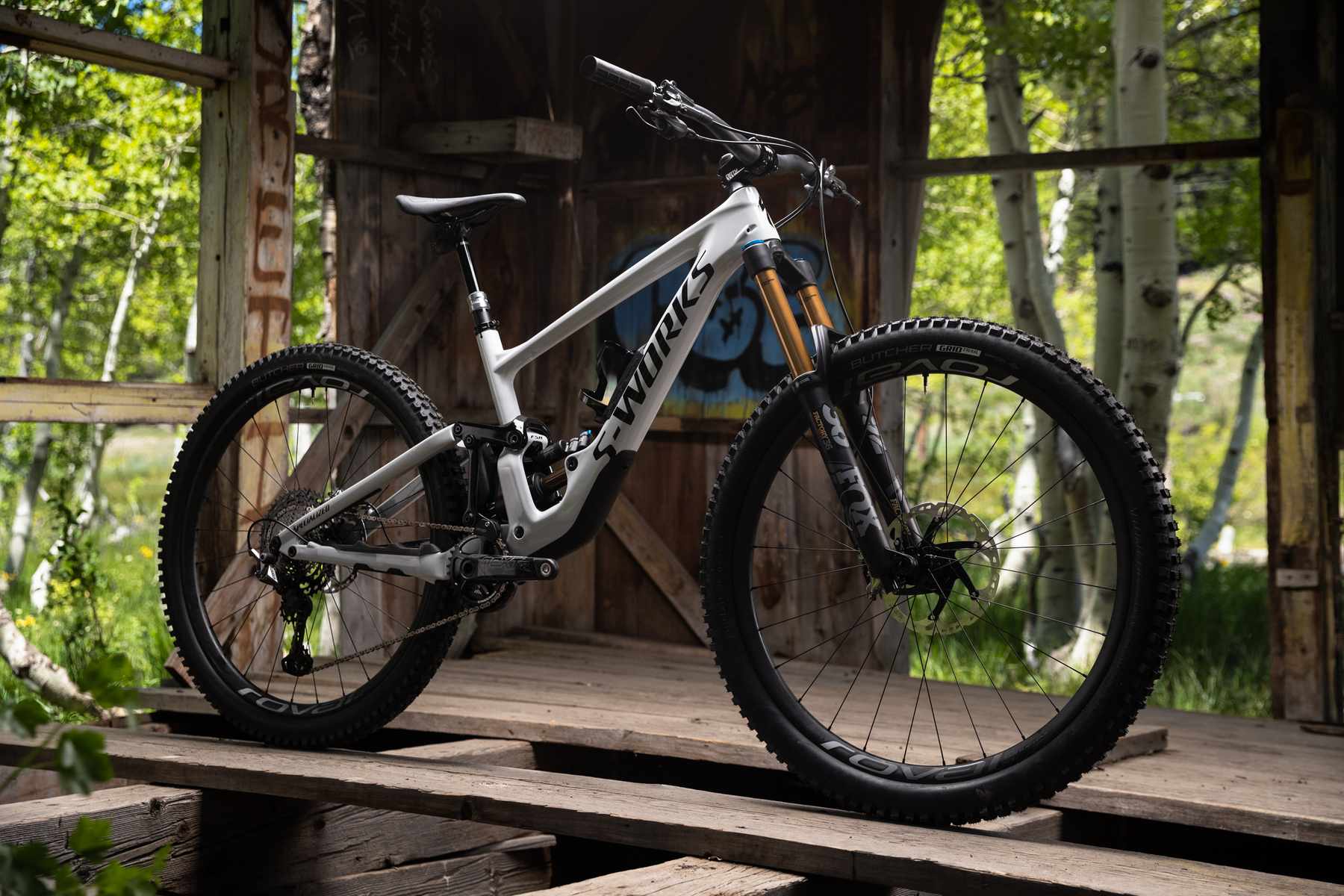
Disclosure
Wil’s flights and accommodation for this trip were covered by Specialized.






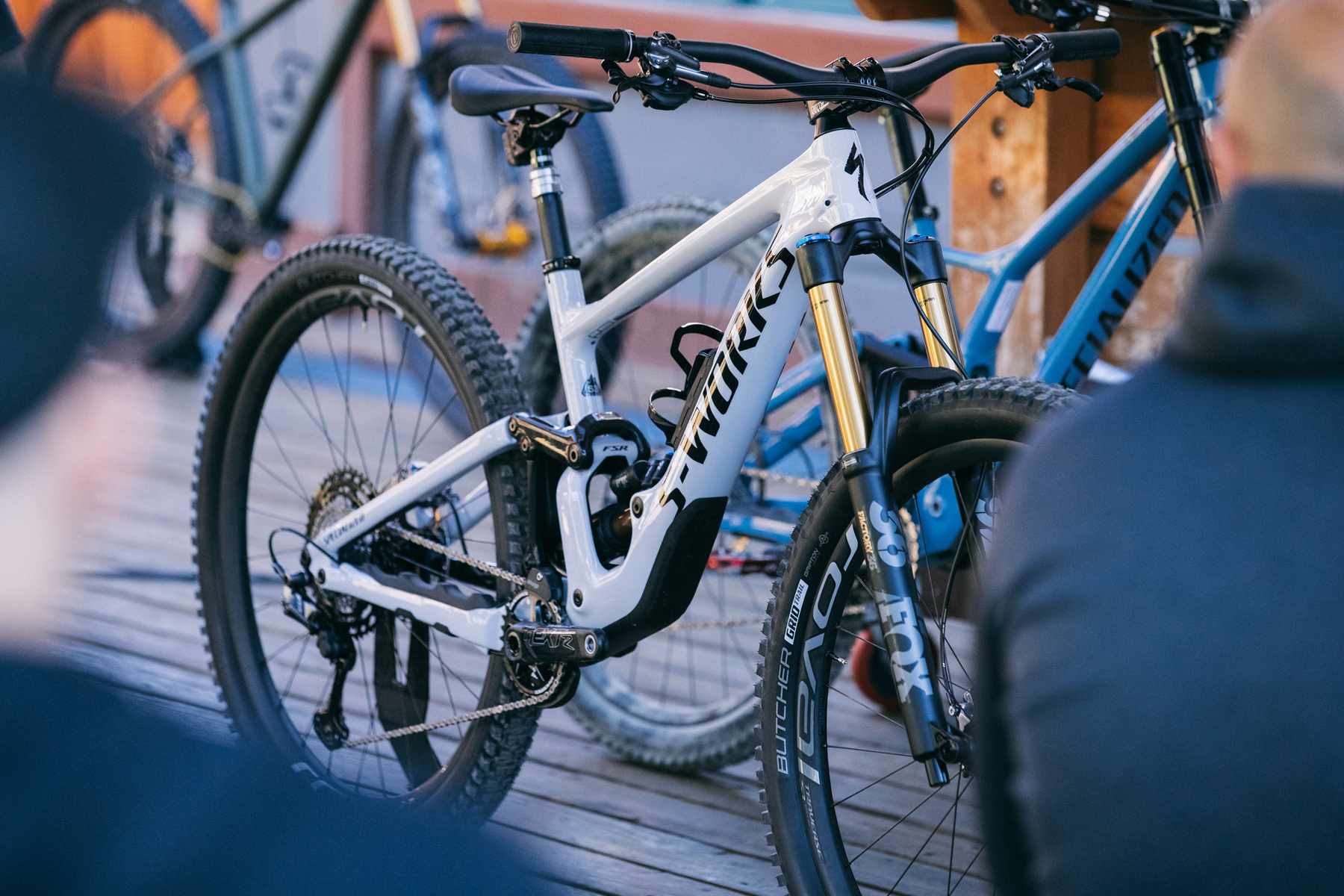
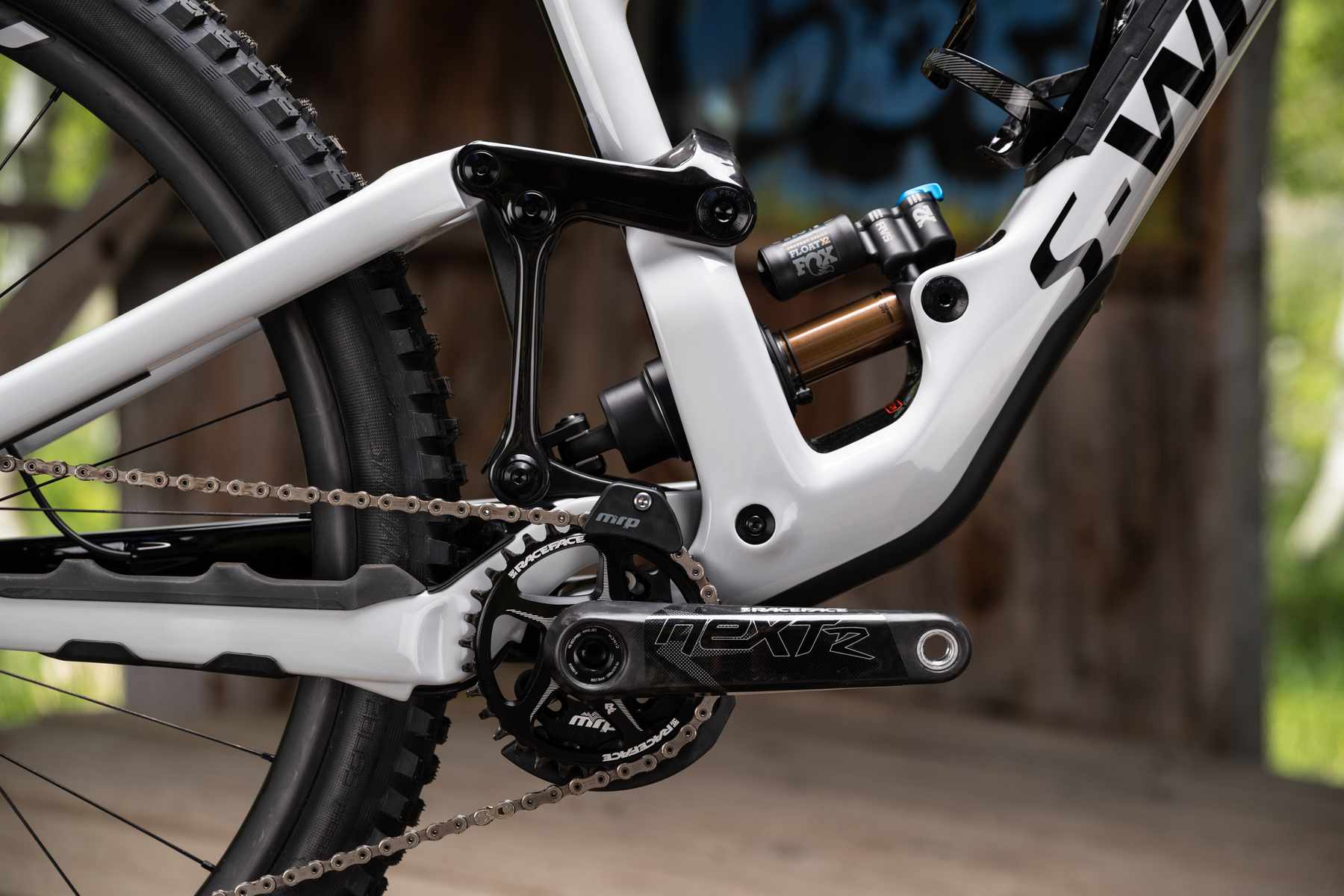
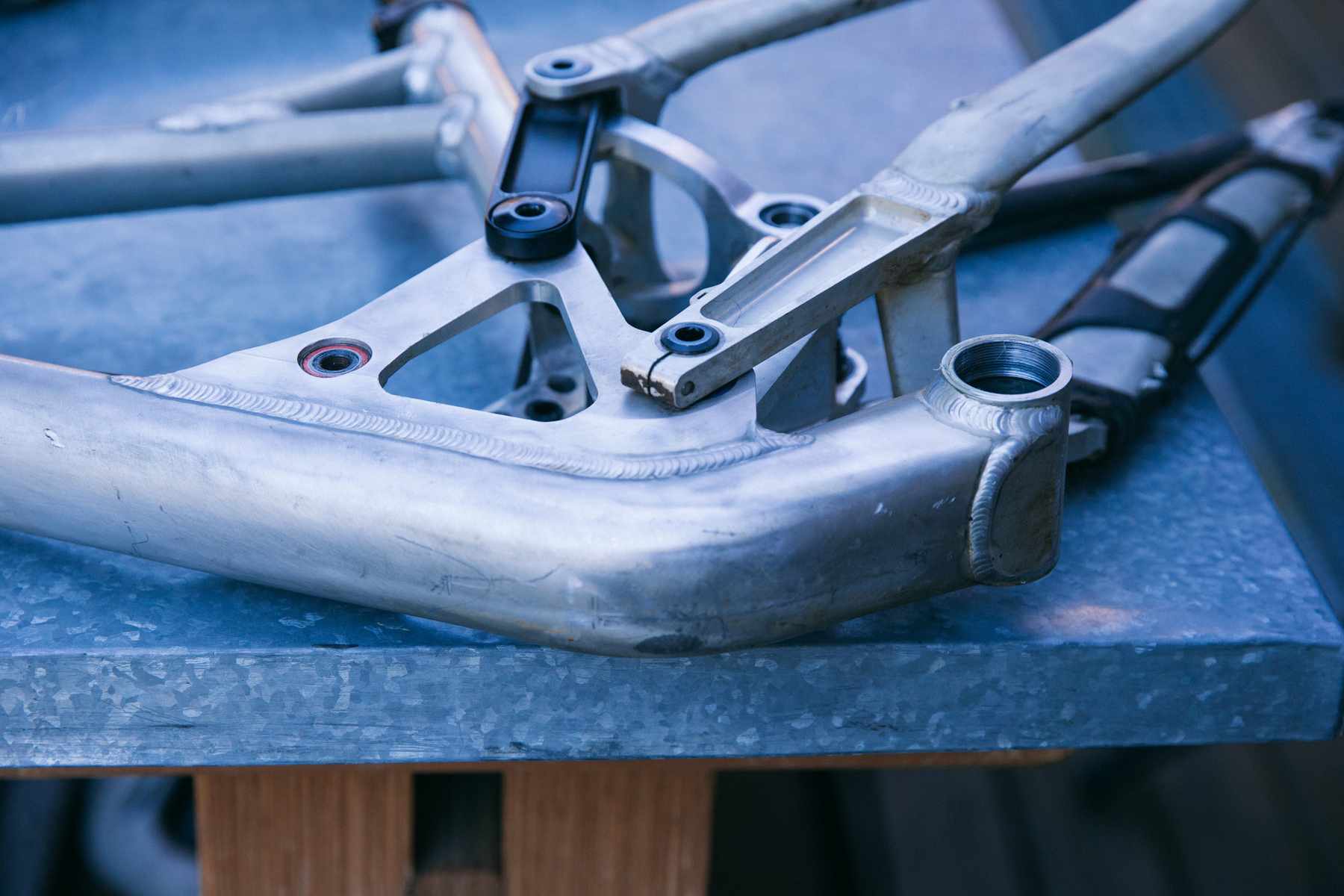
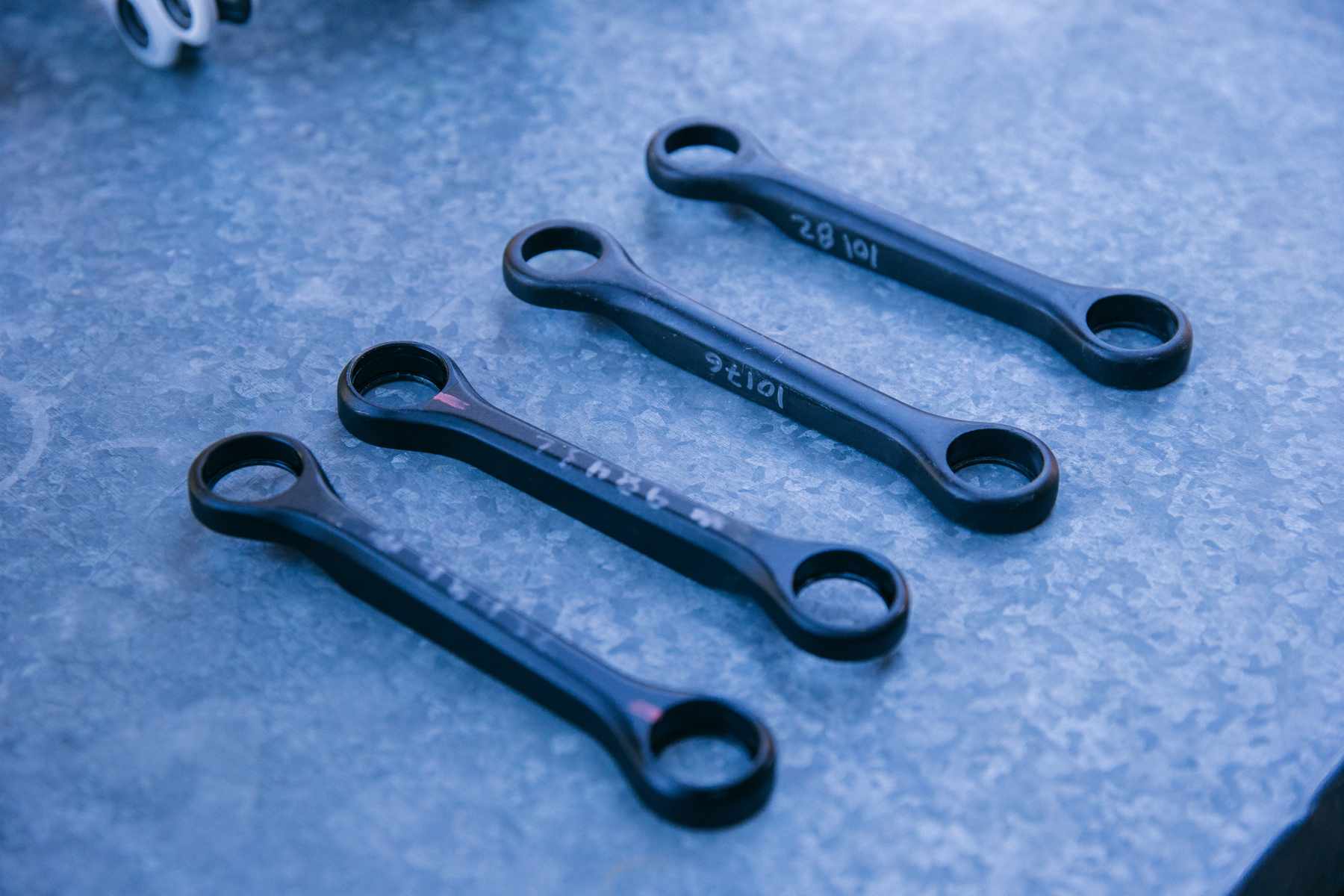
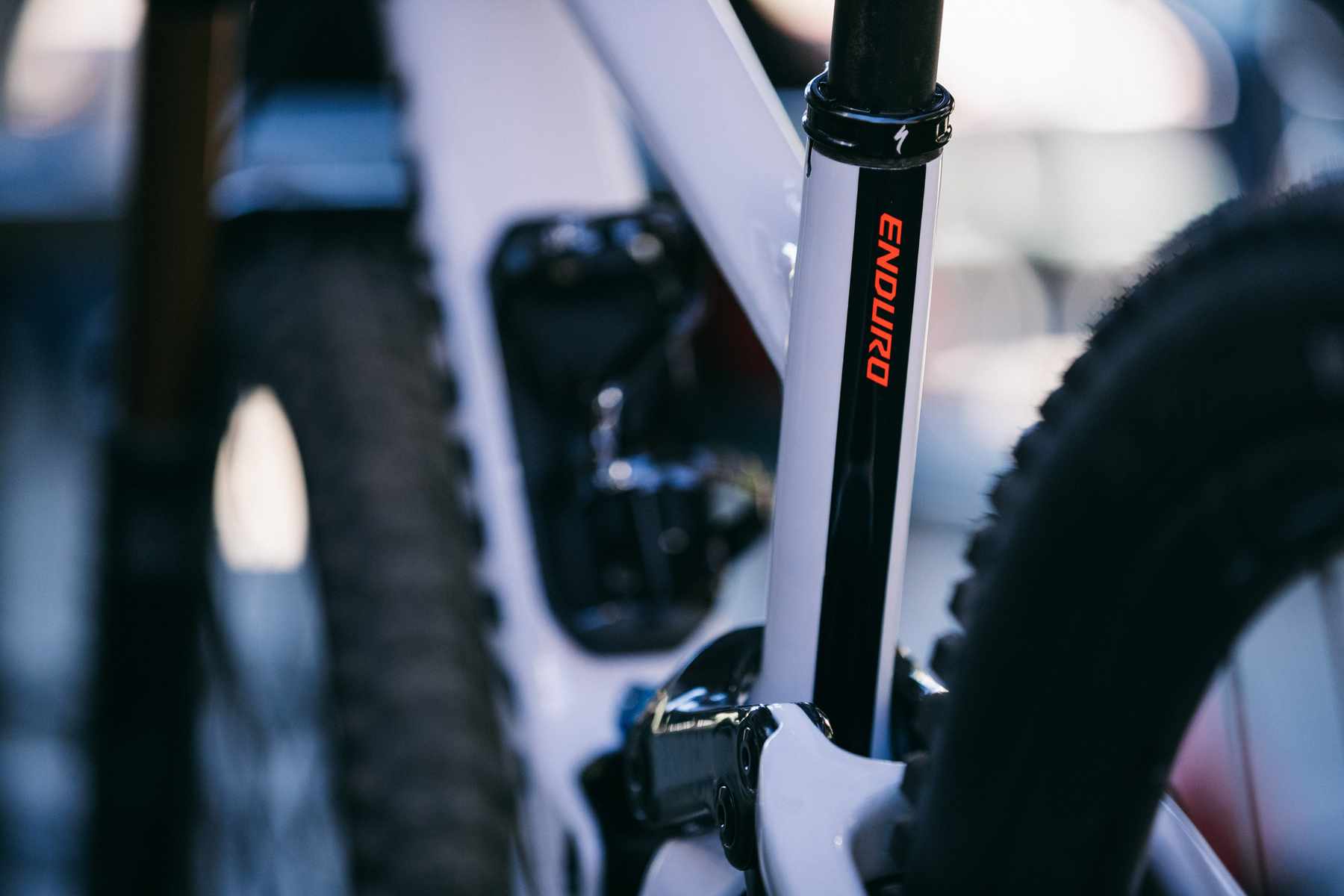
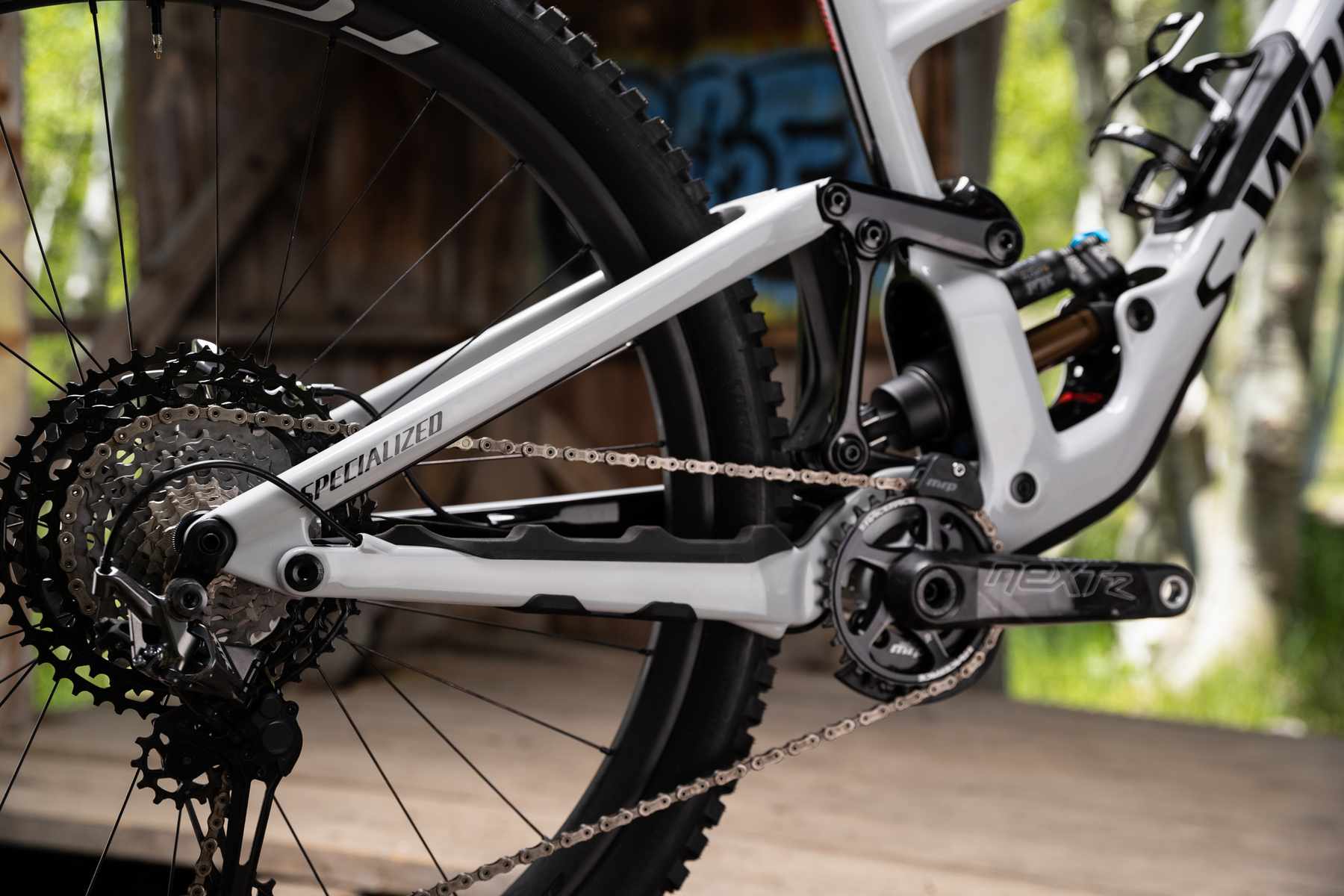
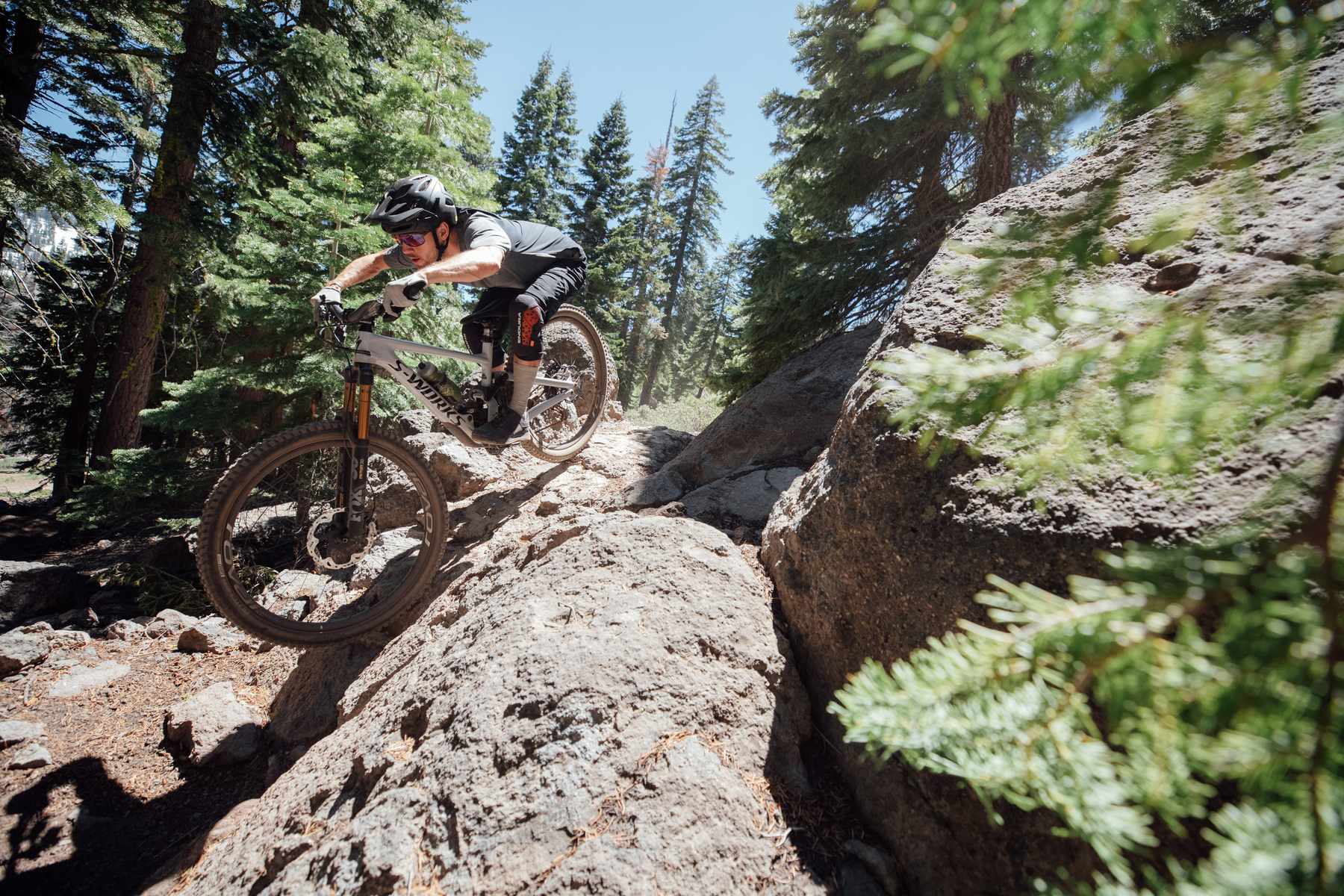
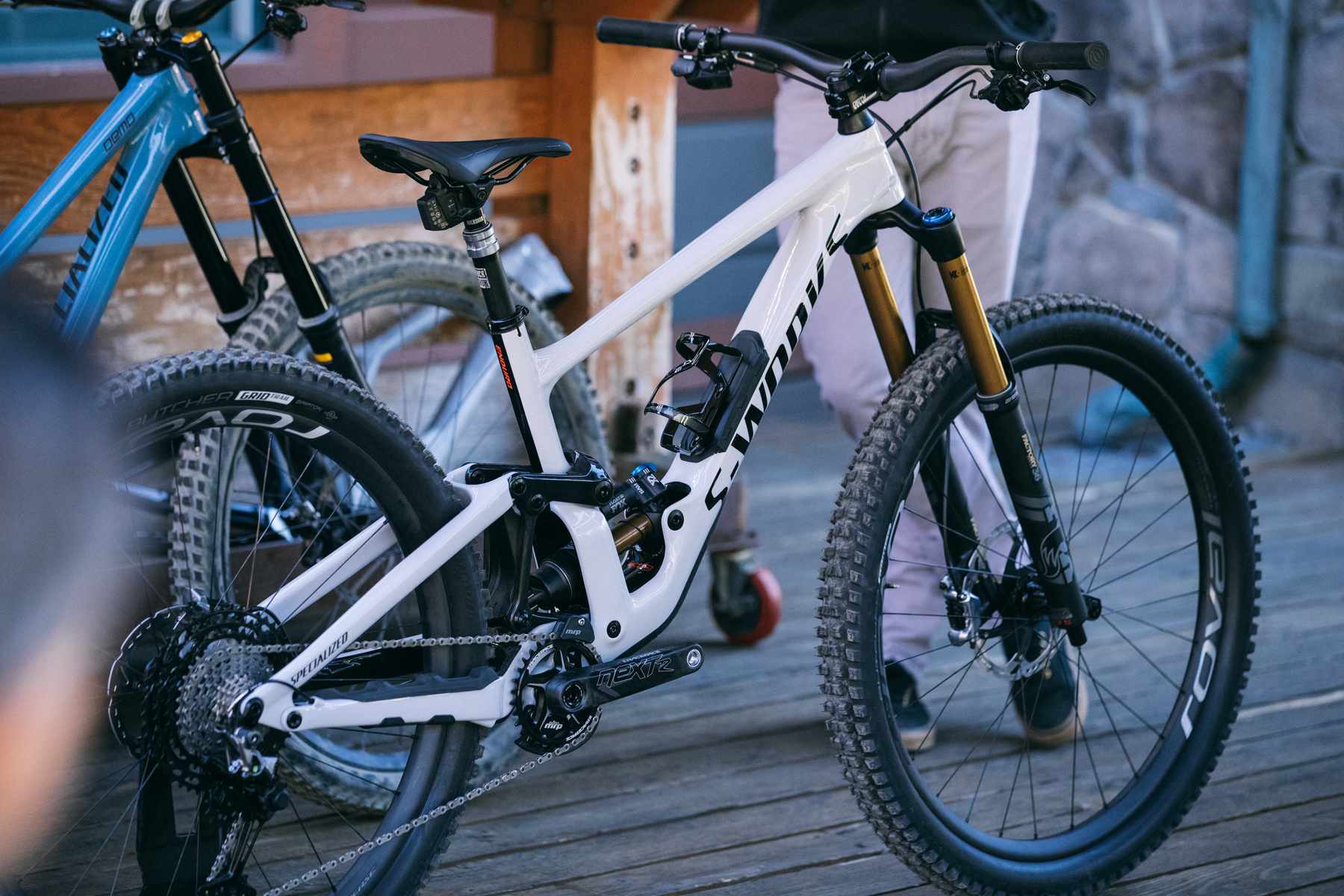
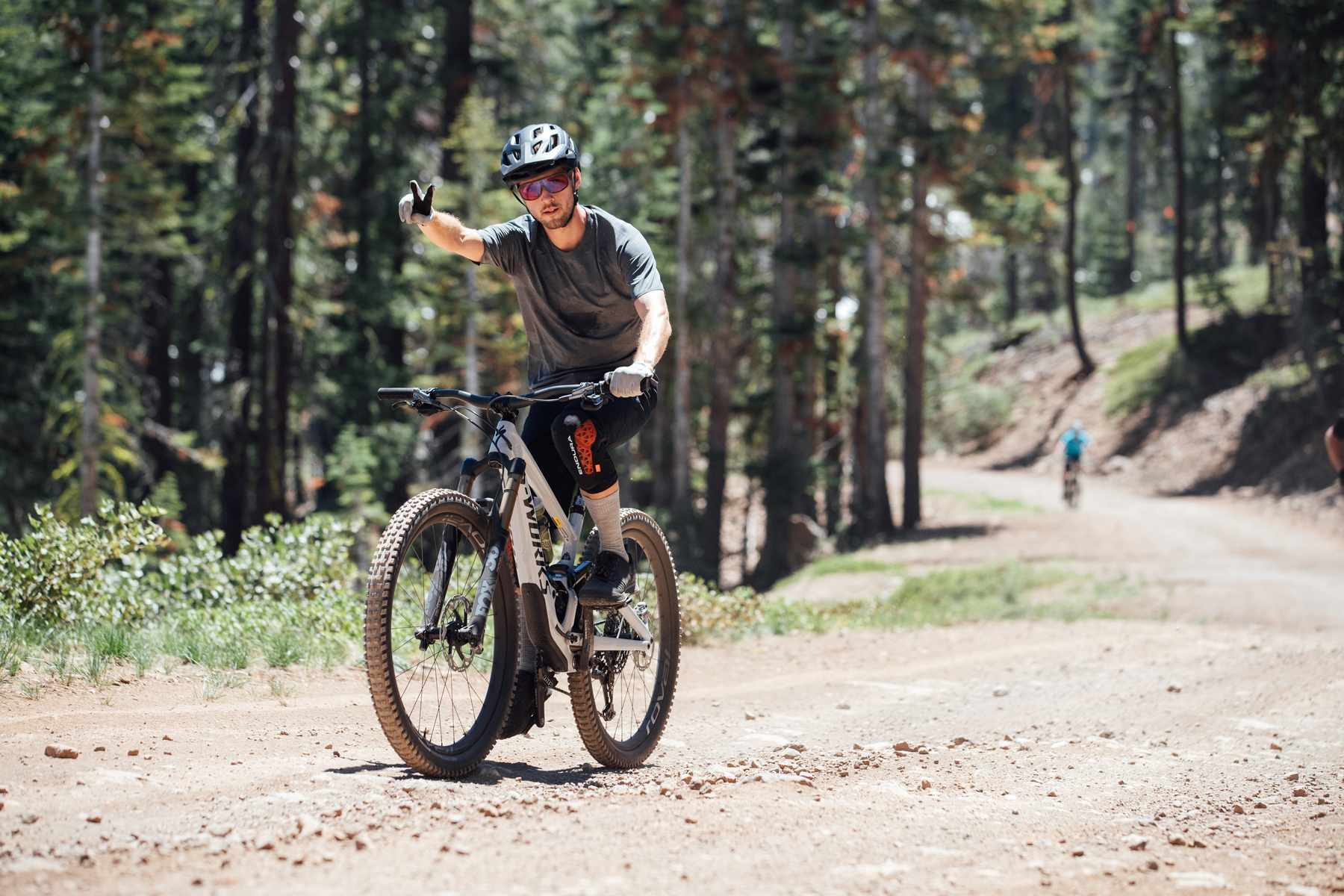
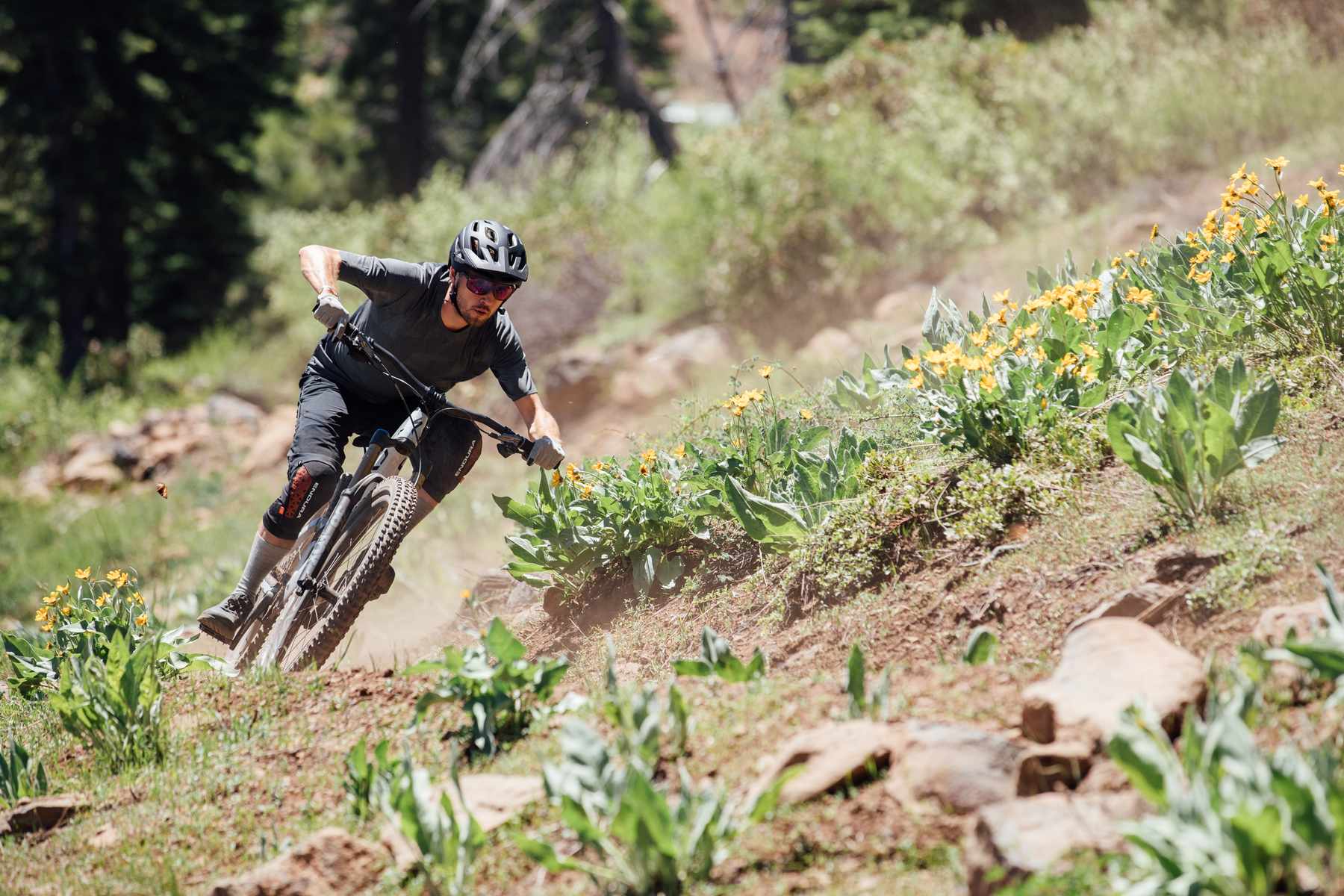
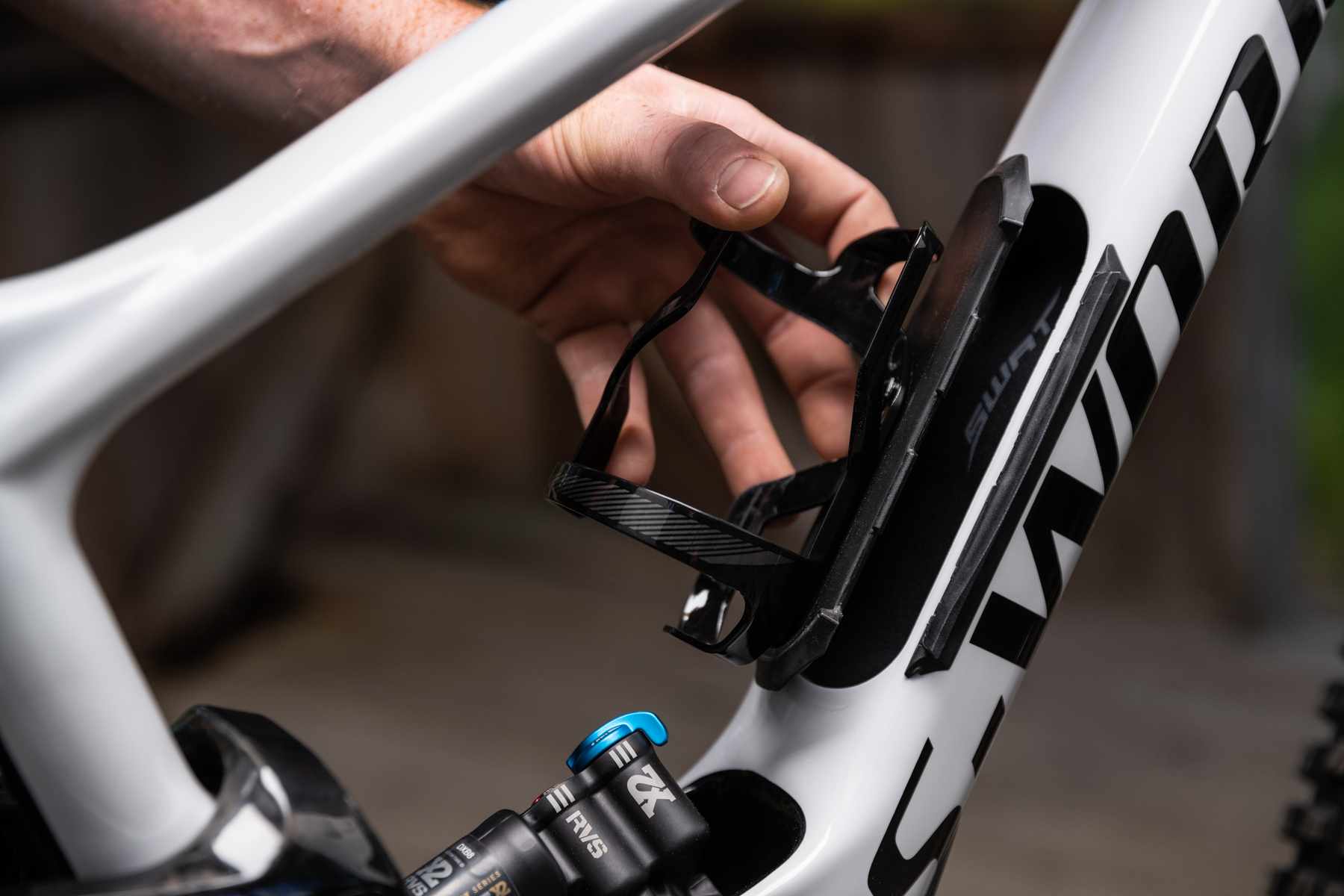
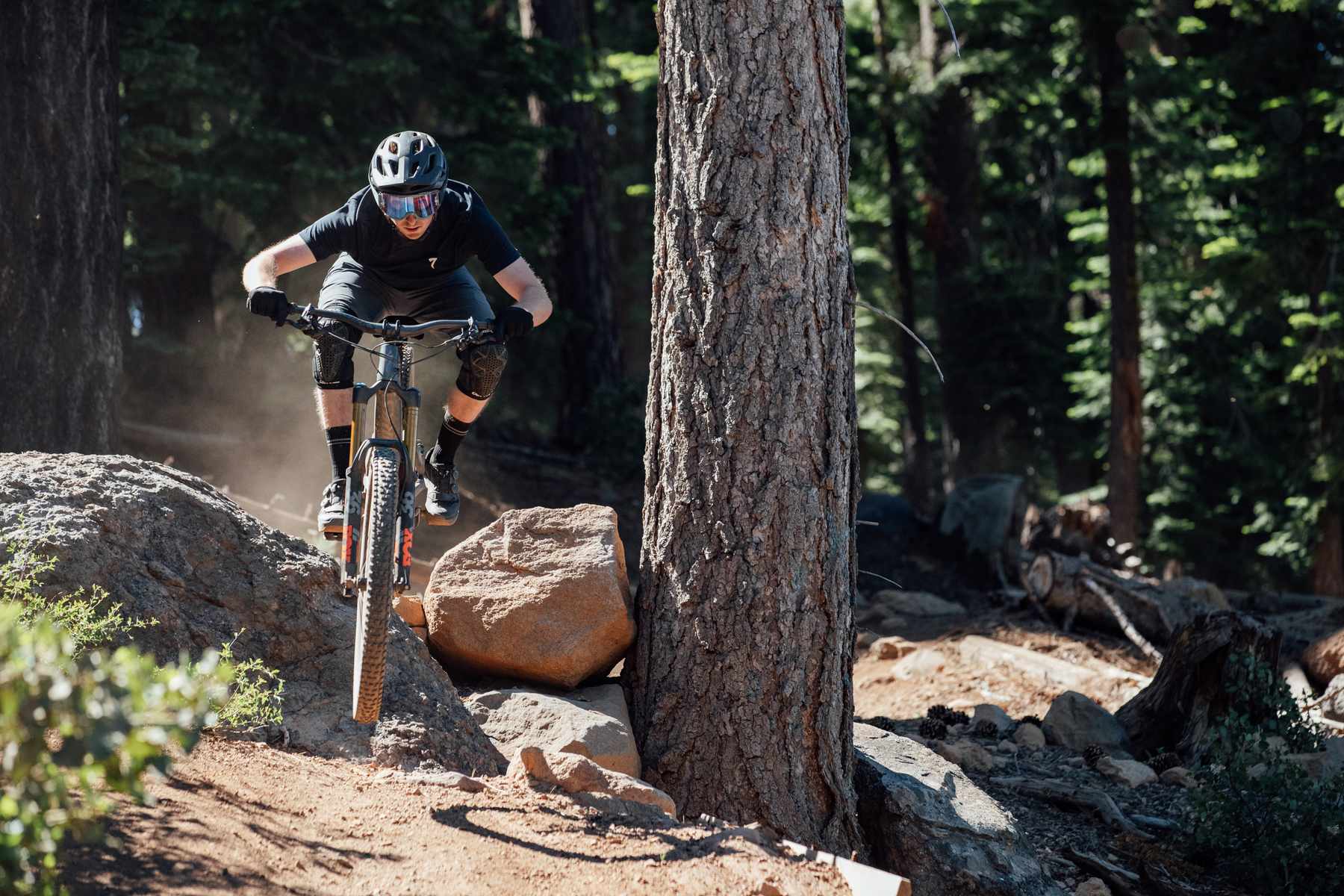
Hi Wil. Great write up thanks. Are you still with Singletrack (I thought you’d gone to Flow Mag)?
I’ve got to say that will’s article’s are head and shoulders above some of the others.
Interesting. Are bikes too capable?
This was a great and realistic review. Bravo.
@Will – Do you think you would have preferred the S2 sizing much more?
@paulcd – Thanks mate and glad you enjoyed it! I have moved back to Australia where I’m now working full time with Flow Mountain Bike. The 2020 Specialized launch, where we tested out the new Epic, the Enduro and a third secret bike, was back in June, but the embargoes were all scheduled a couple of months after the launch – hence the delayed publishing of the review above.
@andybrad – That’s very kind of you to say, appreciate it!
@michaeldorian – That’s a great question about sizing, though unfortunately I wasn’t able to ride the S2 size at the launch. I think being on the smaller size would have made it feel a lot more manageable for sure. Would I have preferred the S2 size? Hard to say without riding it. But I must say that I do like the flexibility that Specialized is offering with this S-sizing concept.
Wil.
That’s the best looking Specialized I’ve ever seen, clever of them to put the best colour option on the S-Works, and not overly priced for a change, does look like a Santa Cruz Mega Tower?